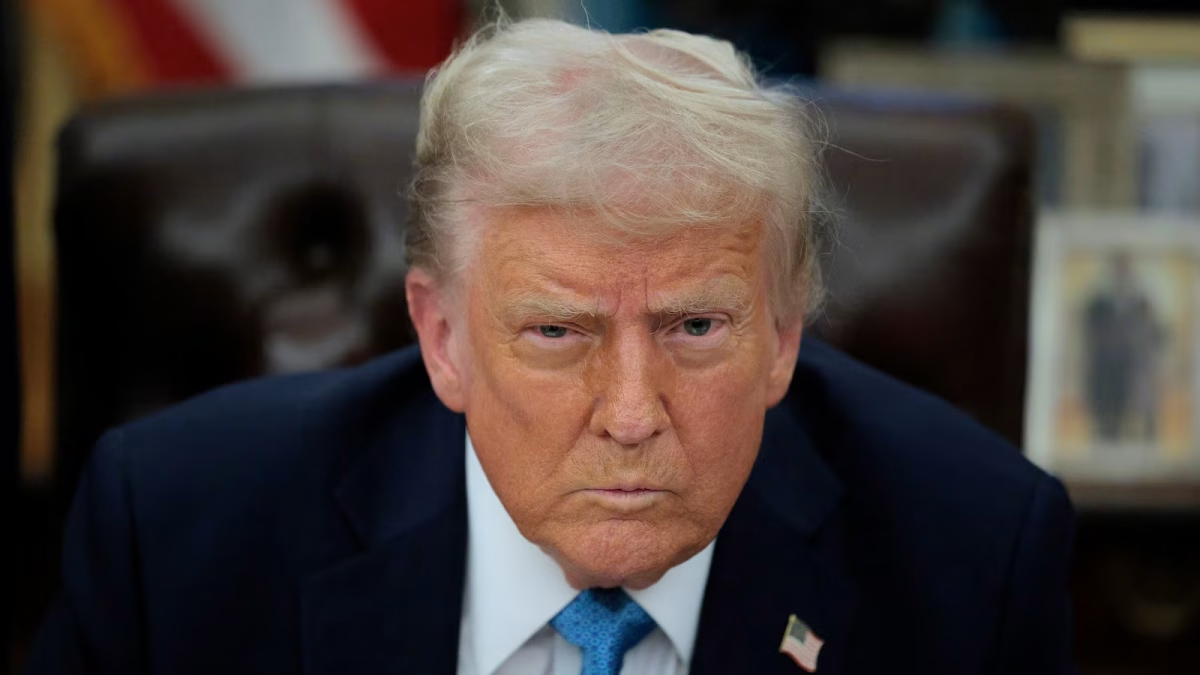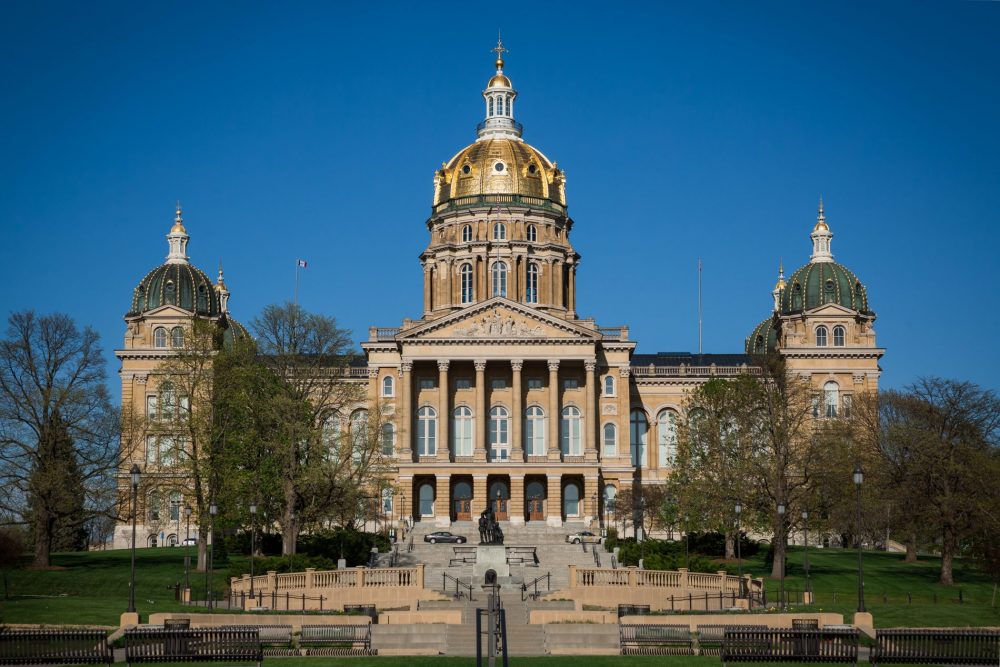You might have noticed the recent dip in temperatures or maybe you still have nightmares of the subzero winter we survived last year.
Last winter out-froze many records due to a weather phenomenon called the “polar vortex,” which was the result of a large mass of cold arctic air brought south by a jet stream that normally runs far north of us.
I’m sure many clever knuckleheads at the time were quick to exclaim global warming was over and all worry about the Earth had finally gone away and we could get back to burning coal to power our iPads.
Sadly, I don’t own an iPad so I kept looking into this issue.
As it turns out, global weather patterns are so intricate and complex that even the fastest computers can only run simple approximations as to what the future will hold.
What was commonly referred to as ‘global warming’ is now referred to as ‘climate change’, a term more accurately expressing what is happening to global weather systems as a result of human pollution.
Climate scientists chose to use this new terminology to quiet the knuckleheads and emphasize how dire the state of our planet actually is.
While global warming sounds rather pleasant, climate change should strike fear into our hearts.
The current environment we live in, from the trees, animals and bugs to the temperature, rainfall and wind patterns, all carefully work together like a well-oiled machine.
The problem is that our climate is changing so rapidly the rest of the ecosystem can’t keep up. Like a house of cards, once one part of the system collapses, everything else will fall down.
If this isn’t alarming, I don’t know what is. While we can’t directly link the polar vortex to climate change, we shouldn’t suppress a call to action to stop climate change.
Climate change is happening, and the longer we keep our heads buried in the sand, the worse it will get.
Observe the current election cycle (be sure to vote!): what are the main issues? Of course they mostly focus on what sounds good like economy, healthcare, education and social issues.
Absent from dialogue, stretching from Cedar Falls City Council to U.S. Senate, is a real discussion on what to do about climate change. Sure, the hyper-partisan political climate may be chilly, but shouldn’t this issue unite both parties?
Until we demand political action proactive in fighting climate change, we need to buckle up for more polar winters and who knows what else.
Why should we wait for negative effects of climate change to do something about it?
The environment shouldn’t be just a political issue, it should be THE political issue.
The test of our generation is whether or not we will create a society that will sustain its environment for next generations.
I refuse to look the next generation in the eye and tell them “We’re sorry, the economy was more important.”
I’m calling on you, dear reader, to not only think about how you can live a more sustainable lifestyle, but how to demand answers and action from our government to address the accelerating effects of climate change NOW.
There is much individuals can do, but real societal change has to come from within our largest institutions.
We need vibrant public transit and renewable energy systems, as well as sustainable farming practices and smart resource management.
I realize this may require unrealistic faith in our political process and our ability to have constructive dialogue. This may require such forward thinking and investment in the future that has never before been seen in America’s political discourse.
Let’s hope it doesn’t take a decade of polar vortexes, drought, flash flooding and hurricanes to motivate our society to change.
Working toward a better future may require a healthy bit of optimism, but consequences of inaction are dire. And winter is coming.







